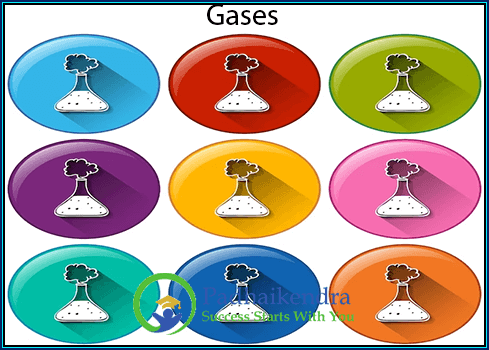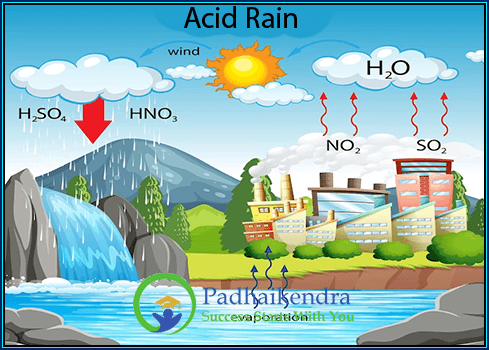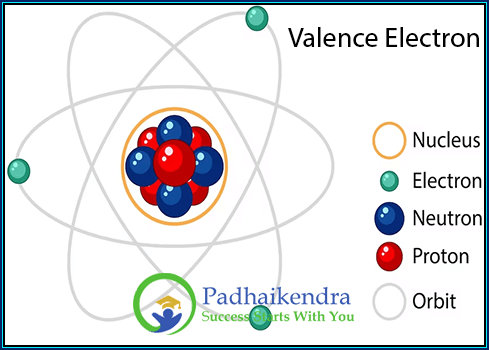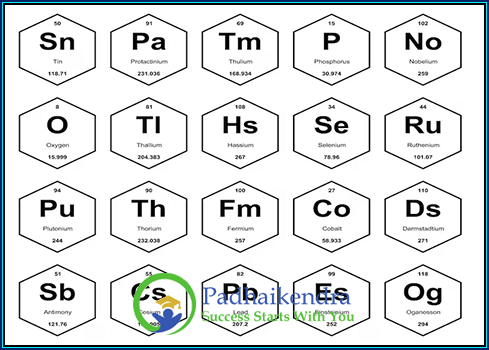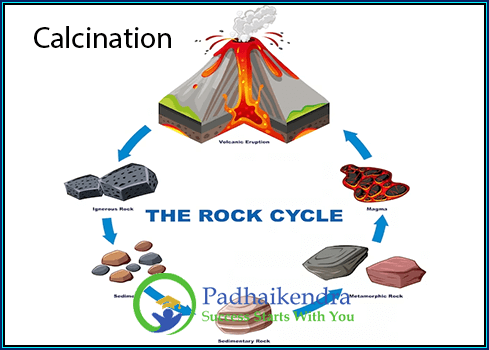A gas is a state of matter in which the particles are so far apart that they exert little or no force of attraction on each other. They are characterized by their ability to expand and fill any container they are placed in, and they have no fixed shape or volume. This is because the particles in gases are in constant, random motion, and are not held together by strong intermolecular forces.
Gases are made up of tiny particles called molecules. These molecules are constantly moving and colliding with each other and with the walls of the container. The movement of the molecules is what gives gases their characteristic properties, such as their low density, high compressibility, and ability to diffuse.
Gases are important in many aspects of our lives. They are used for transportation, heating, cooling, and manufacturing. They are also used in many medical and scientific applications.
Examples of Gases
There are many gases, each with its own unique properties. Some common gases include:
Air: Air is a mixture of gases, including nitrogen, oxygen, carbon dioxide, and water vapor.
Helium: Helium is a very light gas that is often used in balloons and blimps.
Hydrogen: Hydrogen is a very flammable gas that is often used in fuel cells.
Methane: Methane is a gas that is found in natural gas and is often used for heating and cooking.
Carbon dioxide: Carbon dioxide is a gas that is produced when organic matter is burned or decays. It is a greenhouse gas that contributes to climate change.
Properties of Gases
The properties of gases are determined by the temperature and pressure of the gas. At high temperatures, the molecules move faster and collide with each other more often. This causes the gas to expand and exert more pressure on the walls of the container. At low temperatures, the molecules move slower and collide with each other less often. This causes the gas to contract and exert less pressure on the walls of the container.
Low density: Gases have a much lower density than liquids or solids. This is because the molecules in a gas are much farther apart than the molecules in a liquid or solid.
High compressibility: Gases can be compressed much more easily than liquids or solids. This is because the molecules in a gas are already far apart, so there is not much space between them for them to move closer together.
Ability to diffuse: Gases can diffuse through other gases, liquids, and solids. This is because the molecules in a gas are constantly moving and colliding with each other and with the molecules of other substances.
No definite shape or volume: Gases have no fixed shape or volume and will expand to fill any container they are placed in.
Expansion: Gases will expand when heated and contract when cooled.
Pressure: Gases exert pressure on their container, which is a measure of the force per unit area that the gas molecules exert on the container walls.
Boiling and condensation: Gases can change into liquids through condensation, and liquids can change into gases through boiling or evaporation.
Thermal conductivity: Gases have a low thermal conductivity, which means they do not conduct heat as well as solids or liquids
Optical properties: Gases can have various optical properties, such as transparency, opacity, or color, depending on the substance and its structure.
Applications of Gases
Gases are used in a wide variety of applications. Some common applications of gases include:
Transportation: Gases are used to fuel cars, trucks, and airplanes.
Heating and cooling: Gases are used in furnaces, boilers, and air conditioners.
Manufacturing: Gases are used in a variety of manufacturing processes, including the production of plastics, fertilizers, and pharmaceuticals.
Medical and scientific applications: Gases are used in a variety of medical and scientific applications, such as anesthesia, surgery, and research.

